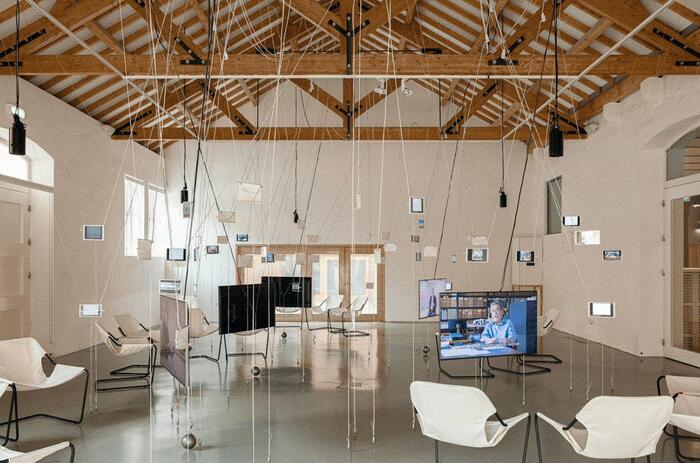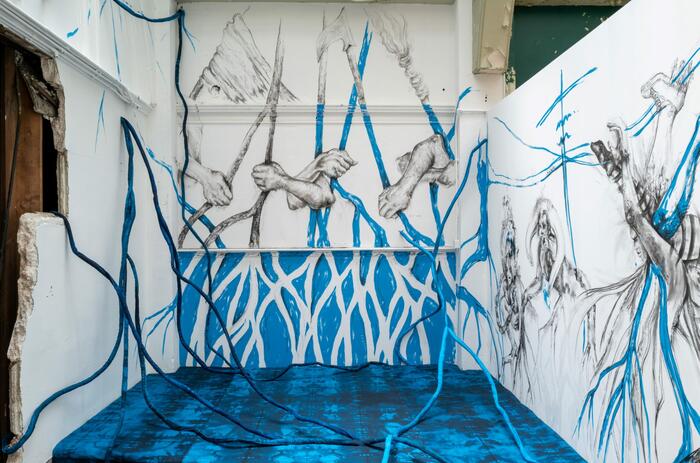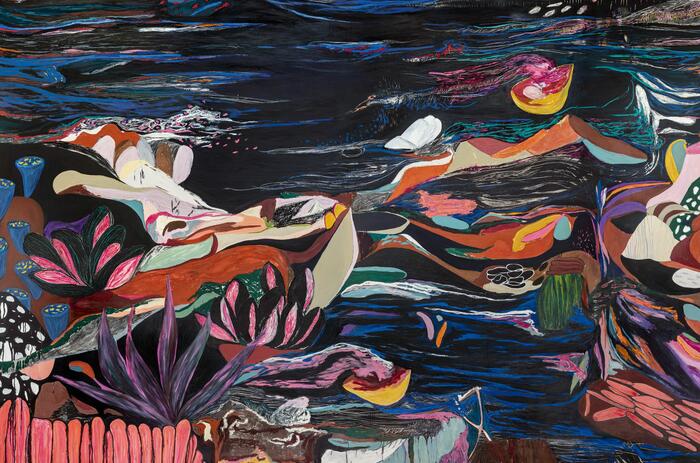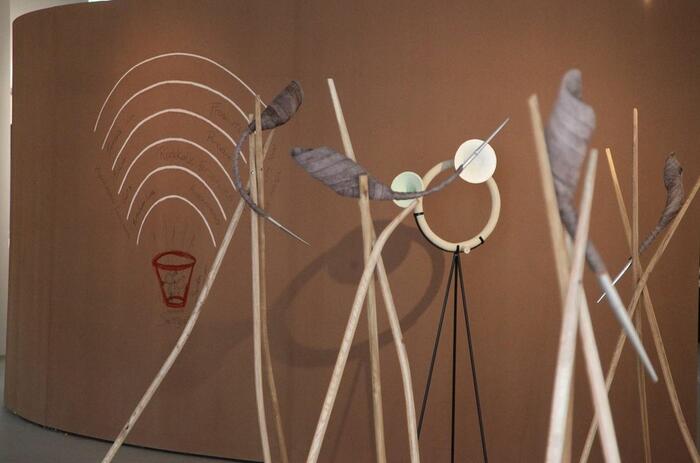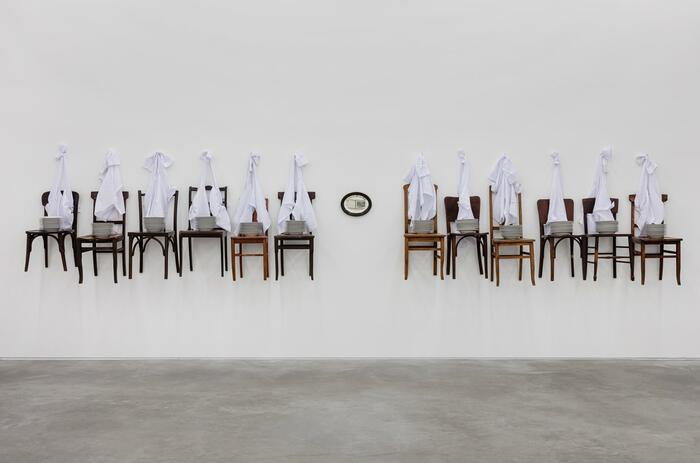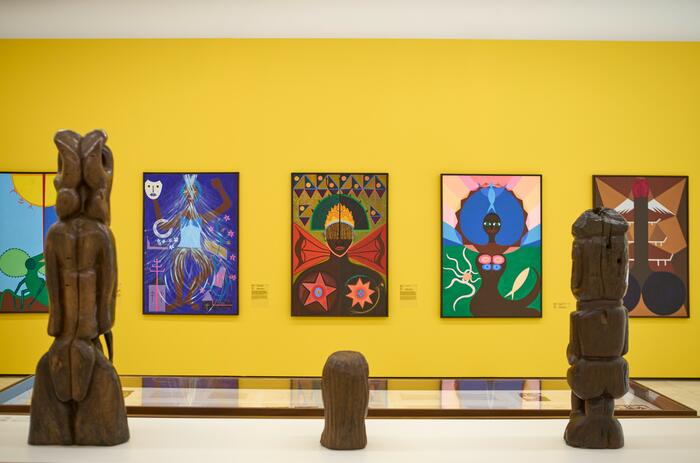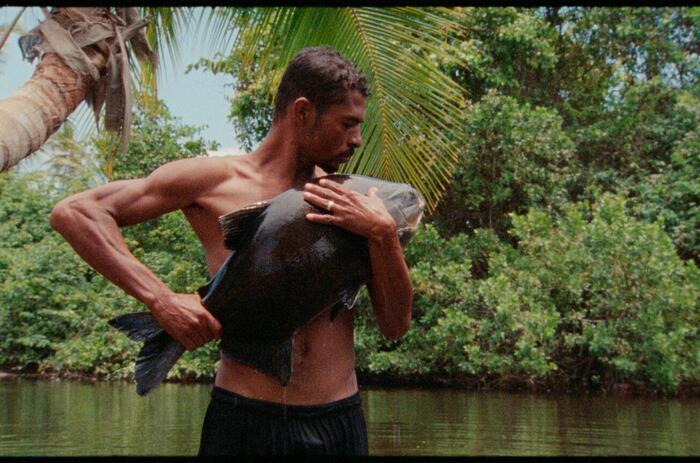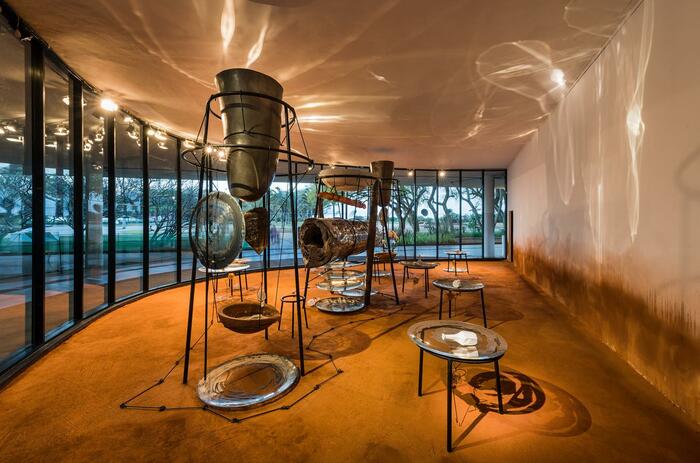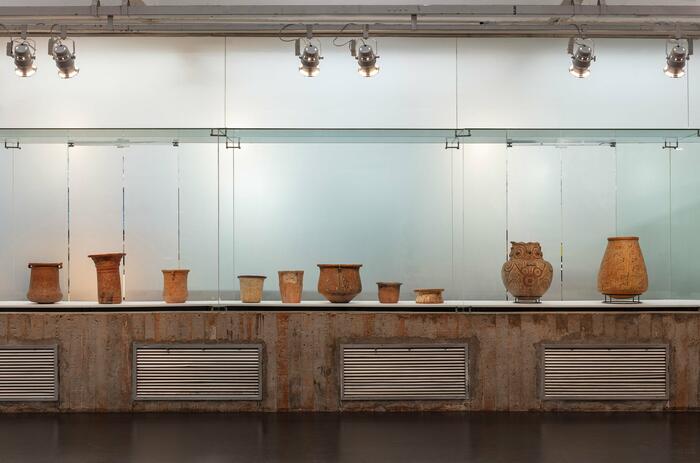RETRATISTAS DO MORRO (PORTRAITISTS OF THE HILL) AT SESC SÃO PAULO
The memories of a community narrated by the individuals who live in it. This is what visitors will discover at the exhibition Retratistas do Morro (Portraitists of the Hill), running at Sesc Pinheiros.
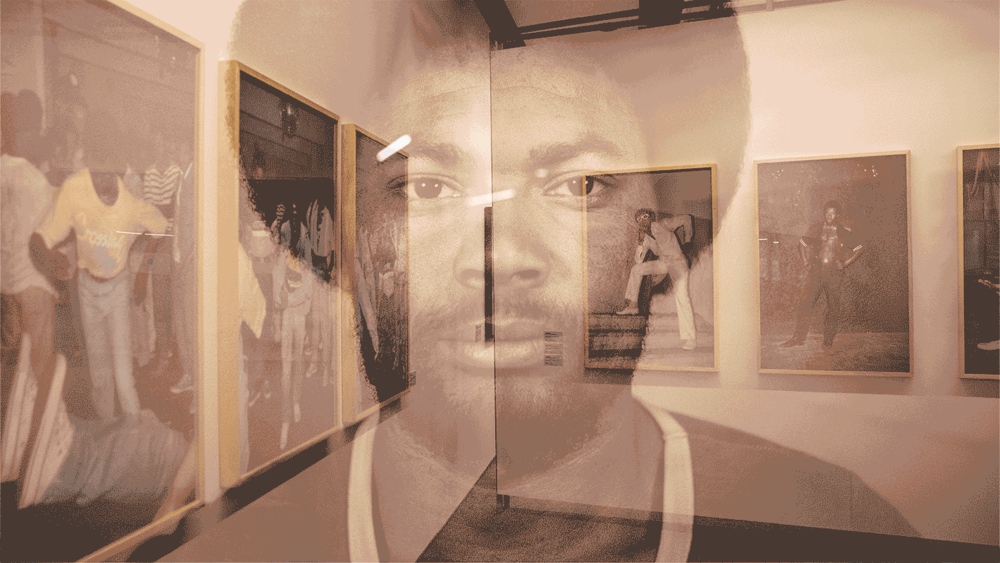
Curated by researcher and visual artist Guilherme Cunha, the show presents a cross-section of the everyday cultural practices of the inhabitants of the community by the name of Aglomerado da Serra, in the south zone of the Minas Gerais state capital, Belo Horizonte, between the years 1960 and 1990. The photographs that compose the body of the work are by Afonso Pimenta and João Mendes, active artists with close connections to the region.
Consisting of eight districts, Aglomerado da Serra arose with the city’s boom in population and size from 1914 onward, with the arrival of many families from the state’s interior in search of jobs, attracted by the construction industry in the city of Belo Horizonte. The majority of those migrants were black people in conditions of social vulnerability. Without government planning to accompany this movement, the migrant population found themselves in lack of housing, and began to live in the city’s outskirts and in inhospitable areas, such as the hills—typical conditions for the formation of favelas, as marginalized communities such as Aglomerado da Serra are known.
Retratistas do Morro aims to contribute to the preservation of national historic and-cultural heritage and to the expansion of knowledge concerning the history of images in Brazil, with an emphasis on visual narratives produced mainly by portraitists who are active in the communities. The project carries out the mapping, identification, cataloging and restoration of the works of these photographers, resulting in a collection of more than 250 thousand negatives.
The exhibition features around 340 images from the project’s collection. The photos are organized based on three themes that are interspersed through the space: Portraits, Dances, and Graduation Gowns’ Alley, which show images of daily life and typical celebrations like birthdays and weddings, the cultural scene at black soul dances, and portraits of children and youths celebrating school graduations, respectively.
Complementing these images, the show also includes 60 audio recordings with segments of interviews with the photographers and the people they have photographed, as well as local leaders and cultural agents. And an accompanying playlist made by Misael Avelino, the founder of Rádio Favela, recalls the exuberant dances of black and soul music portrayed through Afonso’s lenses.
-
Photographs by Afonso Pimenta and João Mendes put together at Retratistas do Morro, 2023. Photos: Bruna Damasceno.
-
Photographs by Afonso Pimenta and João Mendes put together at Retratistas do Morro, 2023. Photos: Bruna Damasceno.
-
Photographs by Afonso Pimenta and João Mendes put together at Retratistas do Morro, 2023. Photos: Bruna Damasceno.

